Everyone knows that eating well helps to improve vitality and head off illness. When it comes to specific conditions like prostate cancer, the food choices we make over the years can lessen the chances that disease will take root. One way to make sure that your diet has a broad range of cancer-fighting nutrients is to keep it colorful. The different pigments in fruits and vegetables often say a lot about what’s in them and creating a palate of natural colors is a simple way to keep your meals balanced.
First, the lowdown on free radicals: when it comes to the prostate (or any) cancer prevention, we talk a lot about free radicals, oxidative stress, and their contribution to disease.
Here is how it works
Oxidation is a normal process in our bodies. Oxygen atoms contain two electrons (stay with me here) and through normal activities, these electrons sometimes split from each other and roam “freely”. The problem is that the electrons can then begin radical chemical reactions with other atoms, causing damage to tissues and organs. This is what leads to the development of abnormal cells.
Your body has a sophisticated defense system that keeps this process in check, eliminating free radicals and removing damaged cells.
However, when its ability to deal with, stress, infection, and inflammation (all causes of oxidation) is burdened, making sure to get foods rich in anti-oxidants is even more important. Of course, you can take anti-oxidant supplements, but everybody agrees that the best way to get nutrients is through a rich variety of fresh, whole foods.
The Feng Shui of food
For centuries, Chinese medicine has advocated including a wide variety of colorful foods in your diet. By eating a broad range of foods you are letting nature provide you with important nutrients that contain antioxidants and help counteract the damage of oxidation.
Here is a breakdown of foods by color and sources of these important antioxidants that sweep up free radicals. It is by no means exhaustive, so find other fruits and veggies you love that have these, as well as other health-promoting compounds.
Tomatoes, Watermelon, Pink Grapefruit, Sweet Red Peppers, Guava
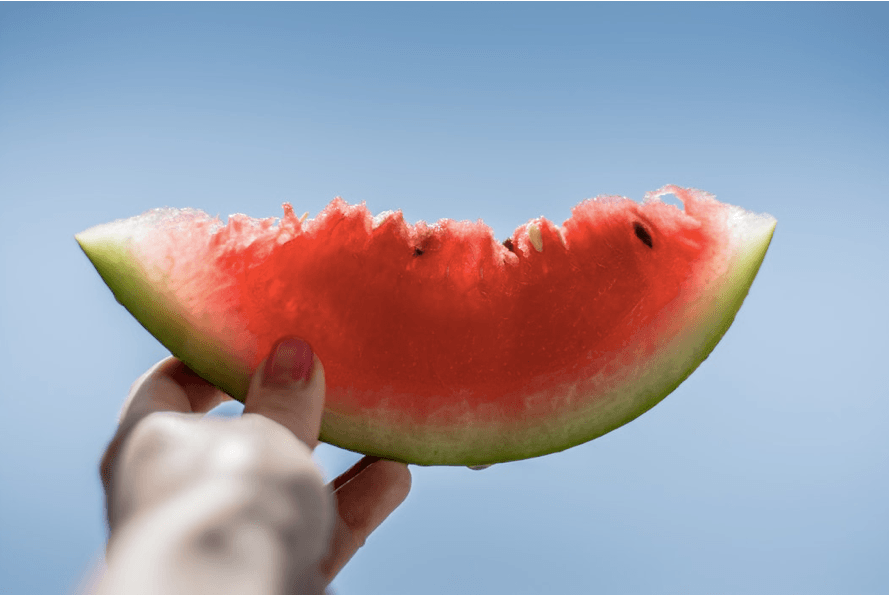
All of these contain lycopene, one of the most studied antioxidants in the fight against prostate cancer. Many studies have shown it to be a powerful neutralizer of free radicals and diets rich in tomato products lower risks for many types of cancer. Interestingly, isolated lycopene supplementation has not proven to be as effective as getting it from whole food sources such as tomato soups, sauces, and even ketchup.
Grapes, Pomegranate, Plums, Berries, Red Cabbage, Eggplant
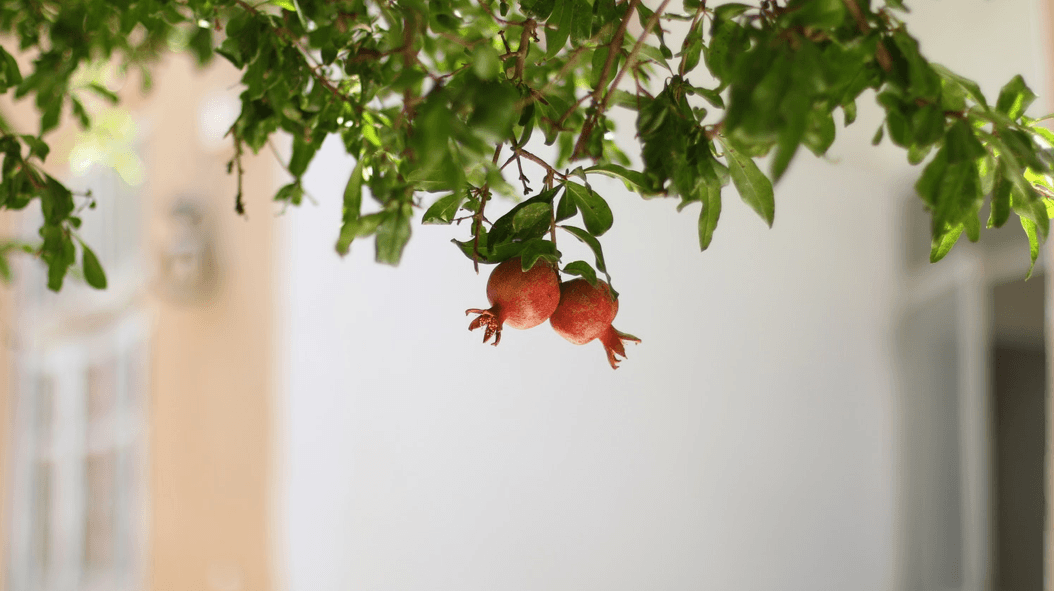
Anthocyanins are the compounds that give these fruits their distinctive color (wine too!). They provide protection for cell membranes against oxidative stress and support healthy blood vessels. Their anti-inflammatory effects also help regulate cell wall permeability and neutralize enzymes that destroy connective tissue.
Walnuts, Peanuts, Pecans, Wheat, Rice
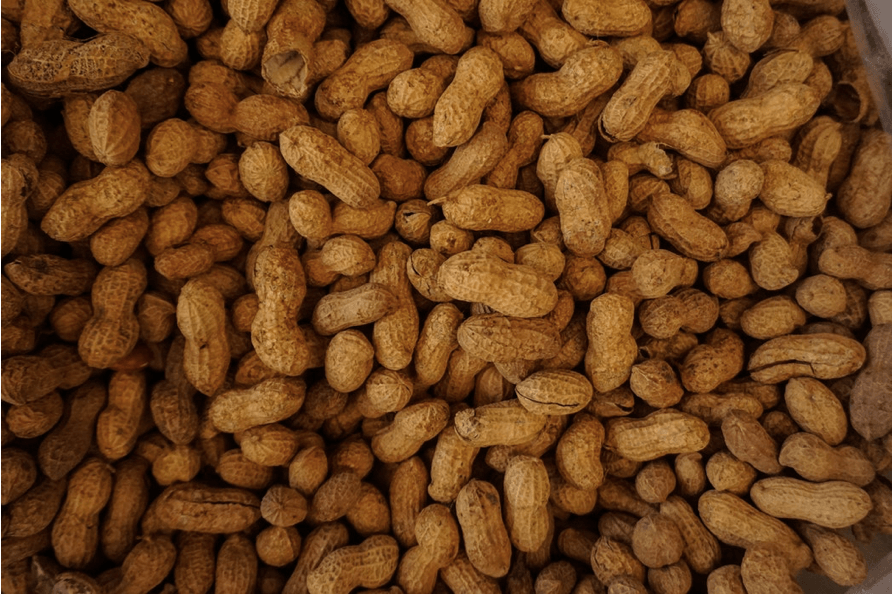
The alpha-tocopherol (a type of vitamin E) found in nuts and seeds have been shown in studies to significantly reduce the risk and development of prostate cancer.
Oranges, Nectarines, Peaches, Papaya
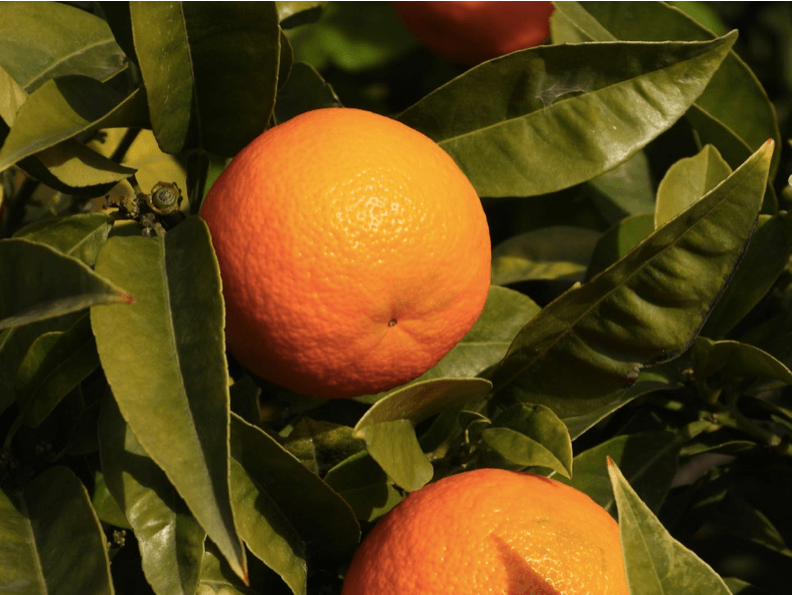
These fruits contain another carotenoid, Beta-Cryptoxanthin, which is also a source of vitamin A.
Beta-Cryptoxanthin is linked to the expression of a gene that helps protect cells from becoming cancerous.
Avocado, Collard Greens, Green Peas, Spinach
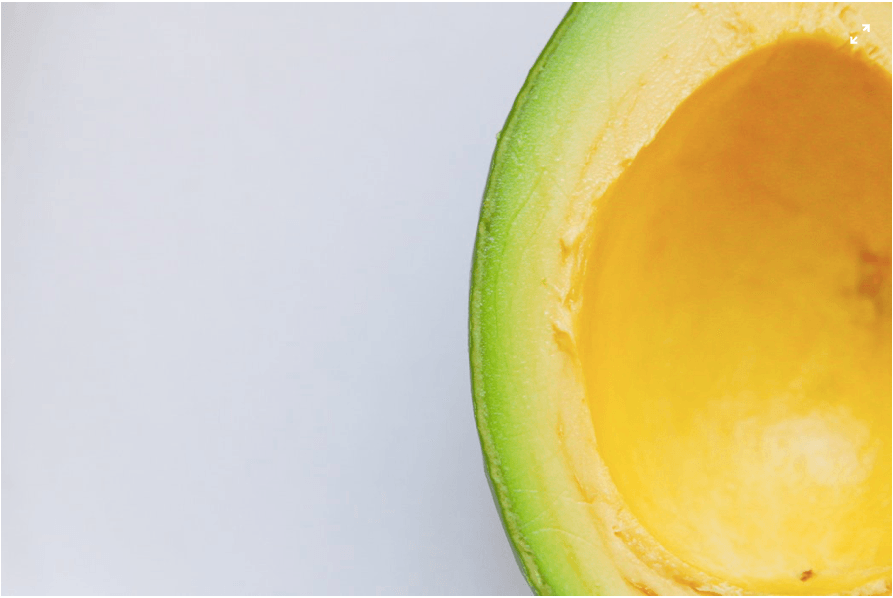
Here you will find abundant lutein, which is another carotenoid. Lutein intake is strongly linked to the reduction of macular degeneration but there is increasing evidence that it may benefit the prostate gland when combined with lycopene yielding foods.
Broccoli, Brussels Sprouts, Kale, Bok Choy
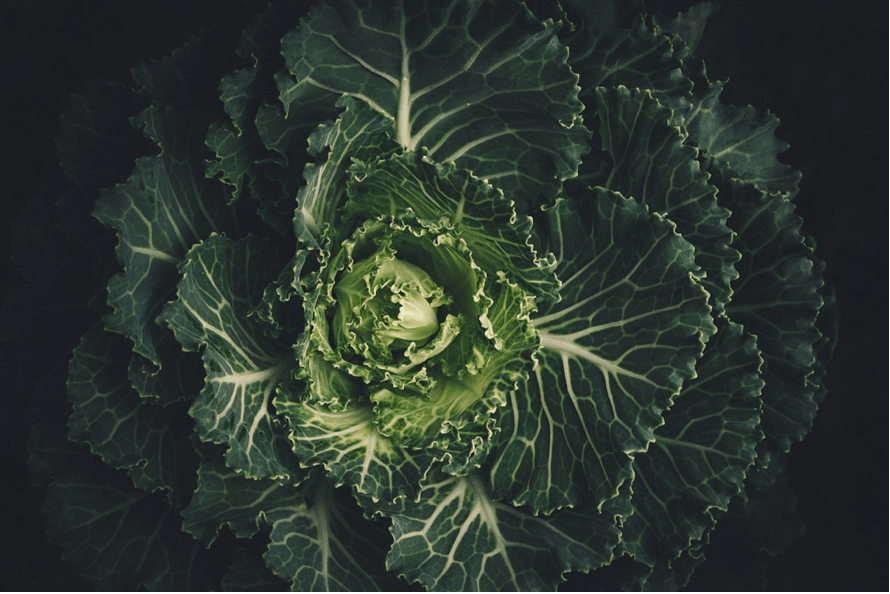
These Cruciferous vegetables help boost the immune system in a variety of ways. They are packed with vitamins and minerals that help hormonal regulation, and they contain compounds that help disrupt the growth and division of cancer cells. They are also believed to help eliminate carcinogens before they damage DNA.
Keep it colorful!
The synergy of nutrients is an important part of any diet. Vitamins minerals and other compounds are invariably more bio-available when they are in whole food, rather than in the form of an extracted “active ingredient”. What’s more, these nutrients often work best when they are combined among different foods. So when you are considering the veggies to go with dinner, it is better to combine a variety than to eat a lot of just one.






